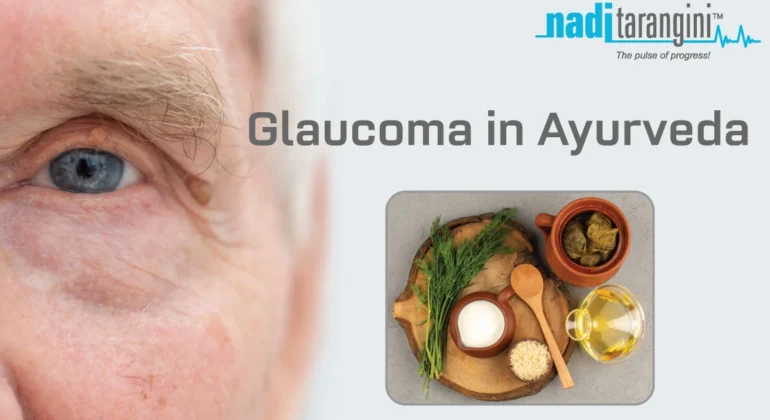Build Better Habits For Better Health In Future
The trends related to diet, fitness, and exercises are changing constantly. People are struggling to choose the right diet, exercise which suits their body and are failing constantly to adopt a new healthy, sustainable lifestyle. …
Does Ayurveda Really Not Have Any Side Effects?
The internet is flooded with lots of information including Ayurvedic medicines and its usage. Self-diagnosis and treatment are common trends amongst the young generation assuming that Ayurveda has no side effects. …
Glaucoma in Ayurveda
Glaucoma disease is mentioned in Ayurveda under the heading – Adhimantha. Adhimanth, which is very similar to glaucoma, is well explained by Sushruta in Sushruta Samhita …
Landmarks In The Evolution Journey Of ECG Machine
Electrocardiography is the process of producing an electrocardiogram (ECG or EKG), a recording of the heart’s electrical activity through repeated cardiac cycles …
Nurturing Kids Through Ayurveda
Role of Ayurveda in kid’s care is precise and rewarding. It is a comprehensive technique that takes into consideration factors of physical, emotional and psychological characteristics …
Swasthya: Your Greatest Investment:
Ayurveda defines health as Swasthya. Swasthya means state of being healthy. Good health is state of equilibrium of the three doshas i.e. Vata, Pitta and kapha …
Principles of Ayurveda: Beyond Religion
The word Ayurveda is a conjugation of two Sanskrit words ‘Ayu’, meaning ‘life’ and ‘veda’, meaning ‘science’, thus Ayurveda literally means the ‘science of life’. …
Standardisation within Personalisation in Healthcare
In the Era of standardisation for betterment of life, Healthcare sectors contrary emerges with new idea of personalisation or with individual specific approach. …
Self awareness / Prakruti – Know more about yourself with the help of Ayurveda
Prakruti is very unique concept elaborated by Ayurveda and it is like fingerprint which is very unique and different for each and every individual. …
Pulse Diagnostics: Nadi Vs HRV Heart Rate Variability
Pulse rate, also known as your heart rate, is the number of times your heart beats per minute. A normal resting heart rate should be between 60 to 100 beats per minute …











